
A Splendid Exchange
How Trade Shaped the World
Recommendation
The appeal of this comprehensive history of world trade is rooted in its valuable information, thoughtful insights and brilliant writing. But, you’ll also be delighted with the fascinating, little-known details that financial theorist William J. Bernstein throws in along the way. For example, did you know that the Boston Tea Party, the legendary event that helped launch the American Revolution, was not a selfless act of patriotism, but a venal stunt by greedy smugglers and merchants that actually cost the colonists a lot of money? How about the fact that an Ethiopian herder may have discovered coffee in A.D. 700 when he noticed that his goats and camels bounced merrily around all night after chewing on the red berries of an unknown shrub? Or that the early Chinese sometimes adulterated their precious tea exports with sawdust? Bernstein fills his book with such beguiling minutiae, but primarily he presents a knowing, comprehensive, discerning report on world trade from its prehistoric beginnings to the present. getAbstract predicts that Bernstein’s saga will engage you from the first page to the last, and from sea to shining sea.
Summary
About the Author
William J. Bernstein is an author, financial theorist and historian. His other books include The Birth of Plenty and The Four Pillars of Investing.









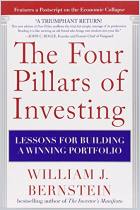
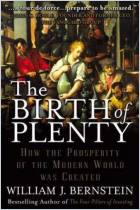
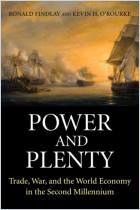
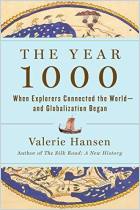
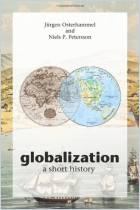
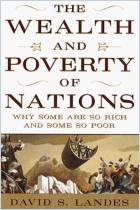
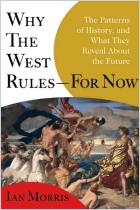
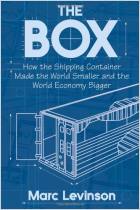



Comment on this summary or 开始讨论